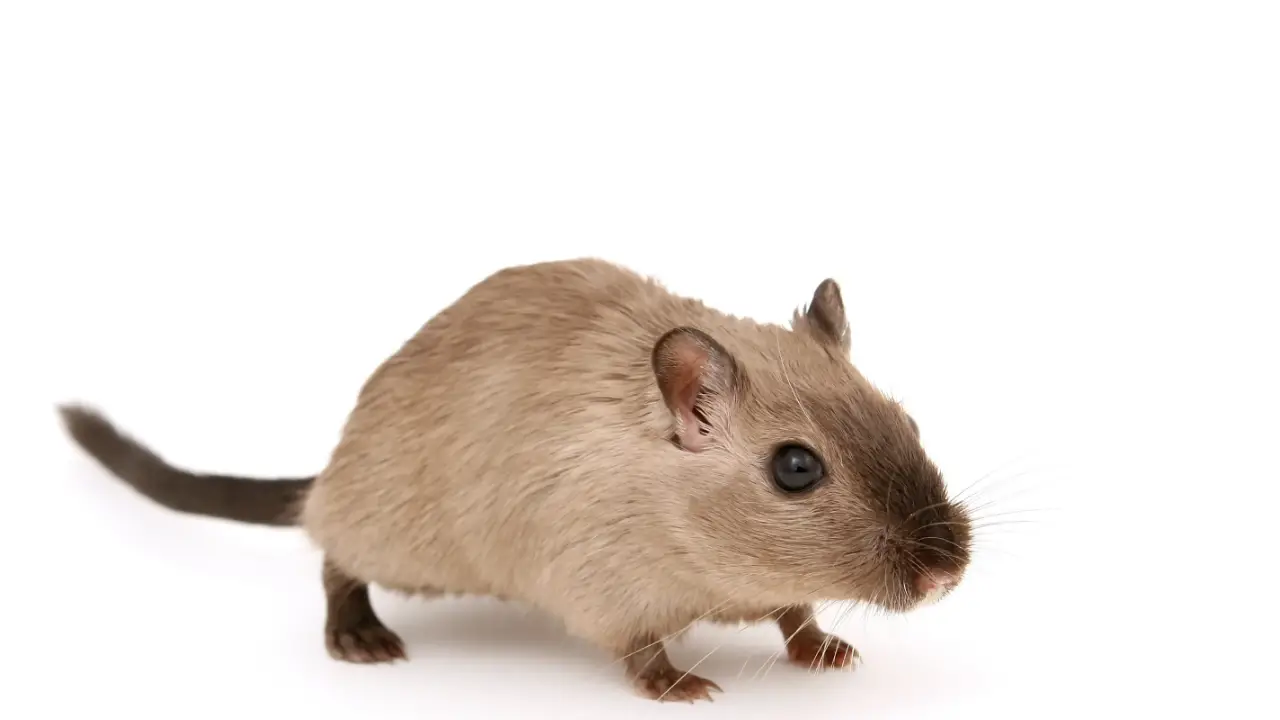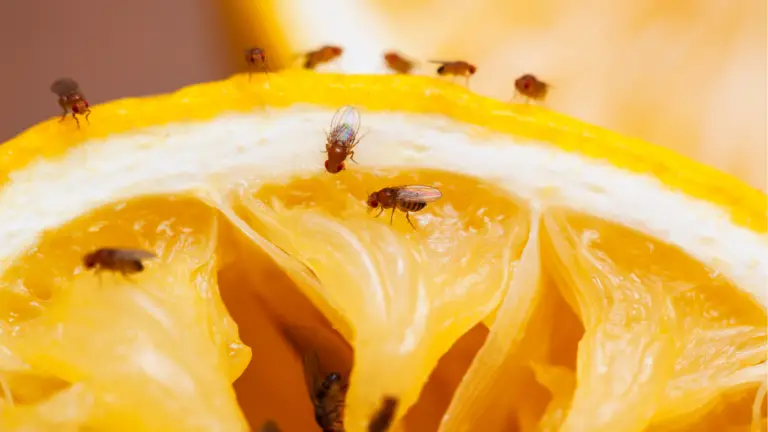10 Ways To Get Rid Mice In House

Mice infestations are a common household problem, bringing with them not only the nuisance of gnawed wires and damaged food but also potential health risks from diseases they carry. Effective mouse control is essential for maintaining a safe and comfortable home environment. Fortunately, there are various natural and synthetic products available to help eradicate these unwelcome guests. This guide explores some of the most effective methods to get rid of mice in your house.
How to Get Rid of Mice in Your House
1. Peppermint Oil
Peppermint oil is a popular natural remedy for repelling mice. Its strong scent is overwhelming to rodents, making it an effective deterrent. To use peppermint oil, soak cotton balls in the oil and place them around entry points, cabinets, and other areas where mice are commonly seen.
Regularly replacing the cotton balls ensures the scent remains strong enough to keep mice at bay. Additionally, you can mix peppermint oil with water and spray it around the house. This method not only helps in deterring mice but also leaves your home smelling fresh.
2. Steel Wool
Steel wool is an excellent material for blocking entry points. Mice can squeeze through incredibly small gaps, but they are unable to chew through steel wool, making it a formidable barrier. To use, simply stuff steel wool into cracks, holes, and other openings around your home.
For added effectiveness, combine steel wool with a caulking compound. This not only seals the entry points but also prevents mice from pushing the steel wool out of the way. Regularly inspect and maintain these barriers to ensure they remain intact and effective.
3. Snap Traps
Snap traps are a traditional and effective method for catching and killing mice. These traps work by snapping shut when a mouse triggers the mechanism, typically by trying to take bait placed on the trap. They are affordable, easy to set up, and can be reused.
To maximize effectiveness, place snap traps along walls, behind appliances, and in other areas where mice are likely to travel. Using a small amount of peanut butter or cheese as bait can help attract mice to the traps. Regularly check and reset traps as necessary to maintain control over the infestation.
4. Ultrasonic Repellents
Ultrasonic repellents are electronic devices that emit high-frequency sound waves designed to deter mice. These sound waves are typically inaudible to humans and pets but are extremely uncomfortable for rodents, driving them away from the area.
To use ultrasonic repellents effectively, place them in rooms where mice activity has been detected. Ensure there are no obstacles blocking the device, as this can hinder the sound waves from reaching their target. While some users report mixed results, ultrasonic repellents can be a useful addition to a comprehensive mouse control strategy.
5. Glue Boards
Glue boards, also known as glue traps, are a passive method for capturing mice. These boards are coated with a sticky adhesive that traps mice when they attempt to cross. Glue boards are easy to use and can be placed in various locations around the home.
However, it’s important to note that glue boards can cause significant distress to the trapped mice and are often considered inhumane. If you choose to use glue boards, check them frequently to minimize the suffering of captured mice. For a more humane approach, consider using live traps or other deterrents.
6. Live Traps
Live traps are designed to capture mice without harming them, allowing for their release far away from your home. These traps typically use a baited mechanism that triggers a door to close once the mouse enters. Live traps are a humane option for those who prefer not to kill the rodents.
Place live traps in areas where mice activity is noticeable, using attractive bait such as peanut butter. Once a mouse is captured, release it at least a mile away from your home to prevent it from returning. Regularly check and reset traps to ensure ongoing effectiveness.
7. Cat Ownership
Owning a cat can be a natural and effective way to deter mice. Cats are natural predators of mice, and their presence alone can be enough to keep mice at bay. Additionally, the scent of a cat can act as a deterrent, even if the cat is not actively hunting.
If you’re considering getting a cat for mouse control, keep in mind that not all cats are proficient hunters. Adopting a cat from a shelter with a known history of hunting can increase the likelihood of effective mouse control. Besides their pest control abilities, cats can also provide companionship and entertainment.
8. Rodent-Proof Containers
Rodent-proof containers are essential for storing food and preventing mice from accessing it. Mice are attracted to food sources, and improperly stored food can quickly lead to an infestation. Use containers made of metal, glass, or heavy-duty plastic with tight-fitting lids.
Store all pantry items, pet food, and other potential food sources in these containers. Regularly inspect your storage areas for signs of mice and ensure that containers remain sealed. By removing access to food, you can significantly reduce the attractiveness of your home to mice.
9. Electronic Mouse Traps
Electronic mouse traps use a high-voltage shock to kill mice quickly and humanely. These traps are designed to be safe for use around children and pets, as they are typically enclosed and require the mouse to fully enter the trap before being triggered.
To use electronic mouse traps, place them in areas where mice are active and bait them with attractive food. The traps are easy to empty and reset, making them a convenient and effective option for mouse control. Regularly check the traps to ensure they remain operational and baited.
10. Natural Predators
Encouraging natural predators, such as owls and hawks, around your home can help control the mouse population. These predators can reduce the number of mice without the need for traps or chemicals. Installing owl boxes or providing a habitat that attracts these birds can be beneficial.
While relying on natural predators is not a standalone solution, it can be part of a broader strategy for mouse control. Combining this approach with other methods can enhance overall effectiveness. Remember to maintain a balanced ecosystem to prevent unintended consequences.
By utilizing a combination of these natural and synthetic products, you can effectively manage and eliminate a mouse infestation in your home. Regular monitoring, maintenance, and a proactive approach are key to keeping your home mouse-free.






